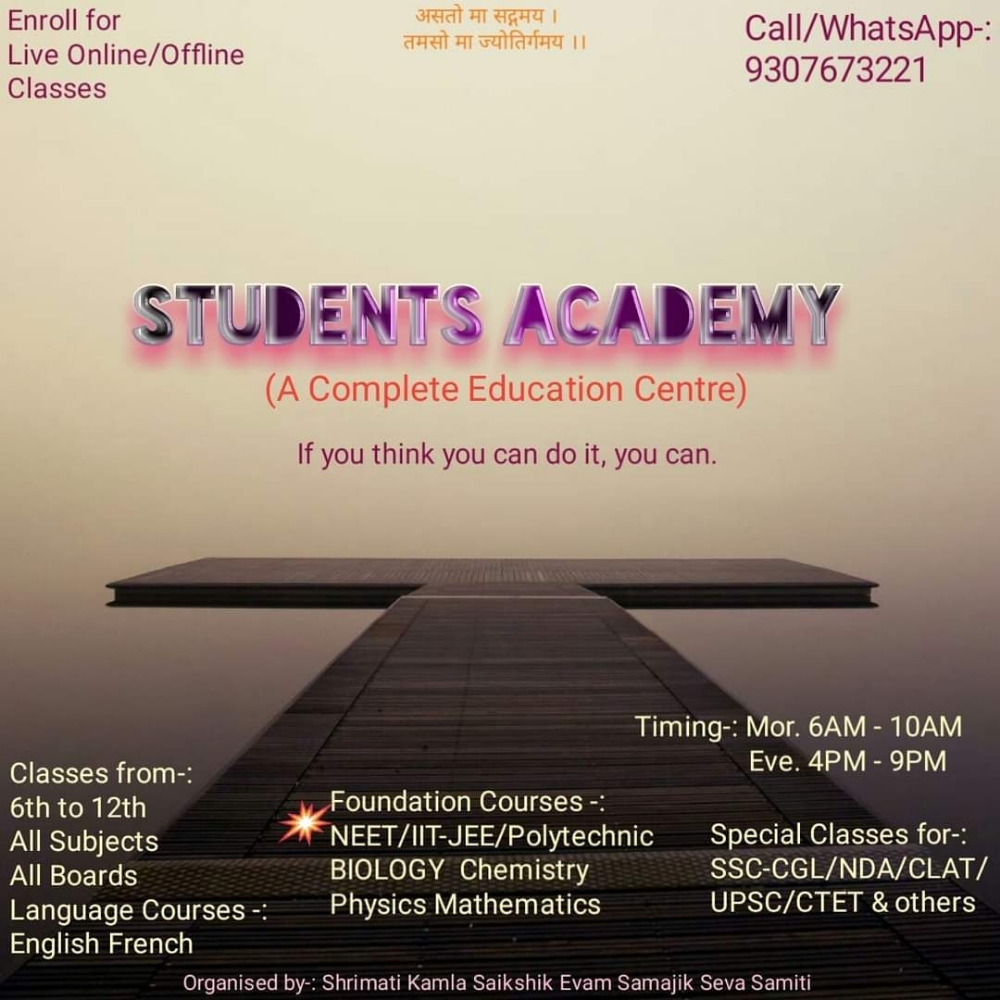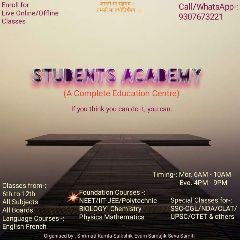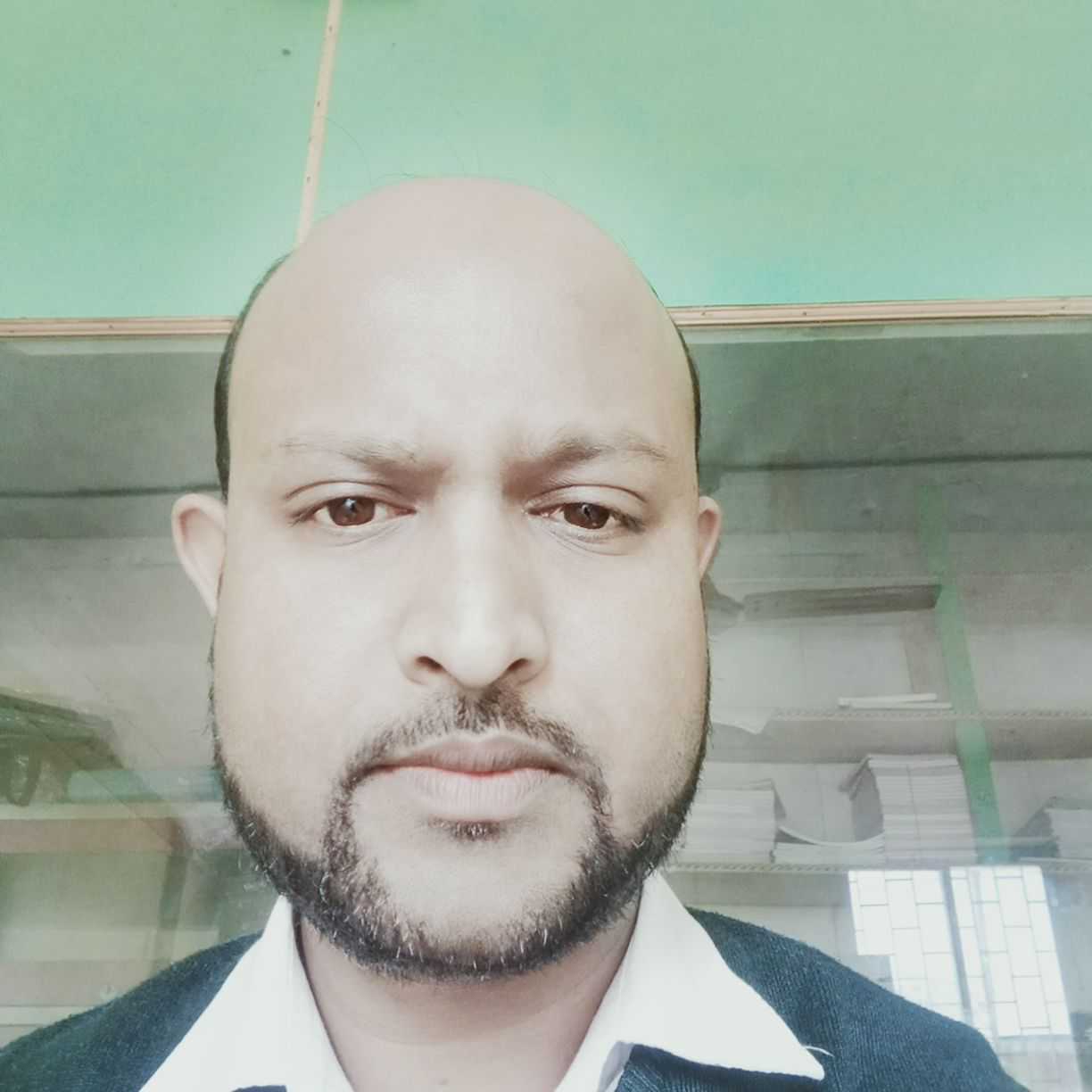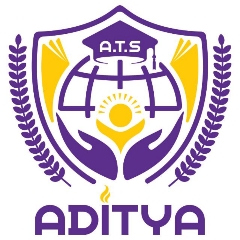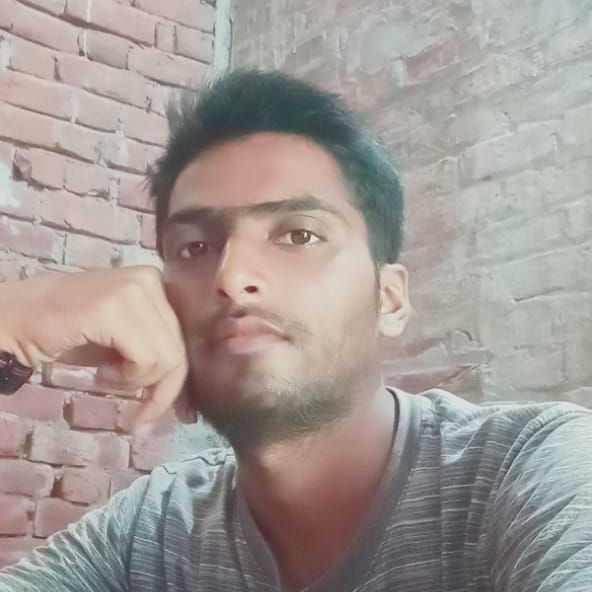Question 1 :
If the plasma membrane reptures or break down then the constant internal chemical composition of the cell will be lost and it will not be able to perform its basic functions. Is it true?
Question 2 :
Carry out the following osmosis experiment:
Take four peeled potato halves and scoop each one out to make potato cups. One of these potato cups should be made from a boiled potato. Put each potato cup in a trough containing water. Now,
(a) Keep cup A empty
(b) Put one teaspoon sugar in cup B
(c) Put one teaspoon salt in cup C
(d) Put one teaspoon sugar in the boiled potato cup D.
Keep these for two hours. Then observe the four potato cups and Why is potato A necessary for this experiment?
Question 4 :
Name the organelle which show analogy written as: Digestive bag of the cell.
Question 5 :
Which kind of plastid is more common in leaves of the plant?
Question 8 :
If there was no golgi apparatus, there would not be any lysosome for intracellular digestion and cleansing, not complexing of molecules, no exocytosis and no formation of new plasma membrane. Is it true?
Question 9 :
A cell having low water concentration or hypertonic cell sap will undergo endosmosis and absorb water from outside. It would become turgid. Is it true?
Question 10 :
Mitochondrion is known as the powerhouse of the cell because it contains enzymes that are needed for stepwise oxidation of food stuffs (carbohydrate, fats or lipids and proteins) present in the cells to $CO_2$ and water. Is it true?
Question 13 :
As lysosomes are organelles which on bursting can kill cells possessing them, they are called suicide bags. Is it true?
Question 14 :
Which kind of plastid is more common in flowers and fruits?
Question 15 :
Where do the lipids and proteins constituting the cell membrane get synthesized?
Question 16 :
We eat food composed of all the nutrients such as carbohydrates, proteins, fats, vitamins, minerals and water. After digestion, they are absorbed in the form of glucose, amino acids, fatty acids, glycerol, etc. What mechanisms are involved in the absorption of digested food and water?
Question 17 :
Lysosomes are called scavengers of the cell because they remove cell debris consisting of dead and worn out cell organelle by digesting the same. Is it true?
Question 18 :
If the organization of a cell is destroyed due to some physical and chemical influence, it will not be able to maintain homeostasis and thus will not be able to perform basic functions ( such as respiration, obtaining nutrition ,etc. )and such a cell will ultimately die. Is it true?
Question 22 :
When dry apricot are left for some time in pure water and later transferred to sugar solution, can we say that when placed in pure water, dry apricots swell up due to endosmosis. On being transferred to sugar solution, they shrink due to exosmosis?
Question 23 :
Which kind of plastid is more common in root of the plant?
Question 24 :
Osmosis is diffusion of water from the region of its higher concentration (pure water or dilute solution) to the region of its lower concentration (strong solution) through a semipermeable membrane. Is it true?
Question 25 :
If the organisation of a cell is destroyed due to some physical or chemical influence, what will happen?
Question 26 :
As lysosomes are organelles which on bursting can kill cells possessing them, they are called suicide bags. Is it true?
Question 28 :
If cells of onion peel and RBC are separately kept in hypotonic solution what among the following will take place?
Question 29 :
When a red blood cell is kept in concentrated salt solution, they shrink and give a shrivelled appearance (crenation).
Is it true?
Question 31 :
Carry out the following osmosis experiment:
Take four peeled potato halves and scoop each one out to make potato cups. One of these potato cups should be made from a boiled potato. Put each potato cup in a trough containing water. Now,
(a) Keep cup A empty
(b) Put one teaspoon sugar in cup B
(c) Put one teaspoon salt in cup C
(d) Put one teaspoon sugar in the boiled potato cup D.
Keep these for two hours. Then observe the four potato cups and Explain why water does not gather in the hollowed out portions of A and D?
Question 32 :
Can you name the organelles we have studied that contain their own genetic material?
Question 33 :
The diffusion of water or solvent through a semi-permeable membrane from a solution of lower concentration of solutes to a solution of higher concentration of solutes is called _______.
Question 34 :
Name the organelle which show analogy written as: Control room of the cell.
Question 35 :
Name the organelle(s) in a plant cell that contain their own genetic material and ribosome.
Question 36 :
Name the organelles in plant cell that contain their own genetic materials and ribosomes.
Question 38 :
How do substances such as carbon dioxide and water move in and out of the cell?
Question 39 :
The skin of your fingers shrink when you wash clothes for a long time due to exosmosis. Is it true?
Question 40 :
Plasma membrane is called selectively permeable membrane because it allows the movement of only selected molecules across it and not all of them. Is it true?
